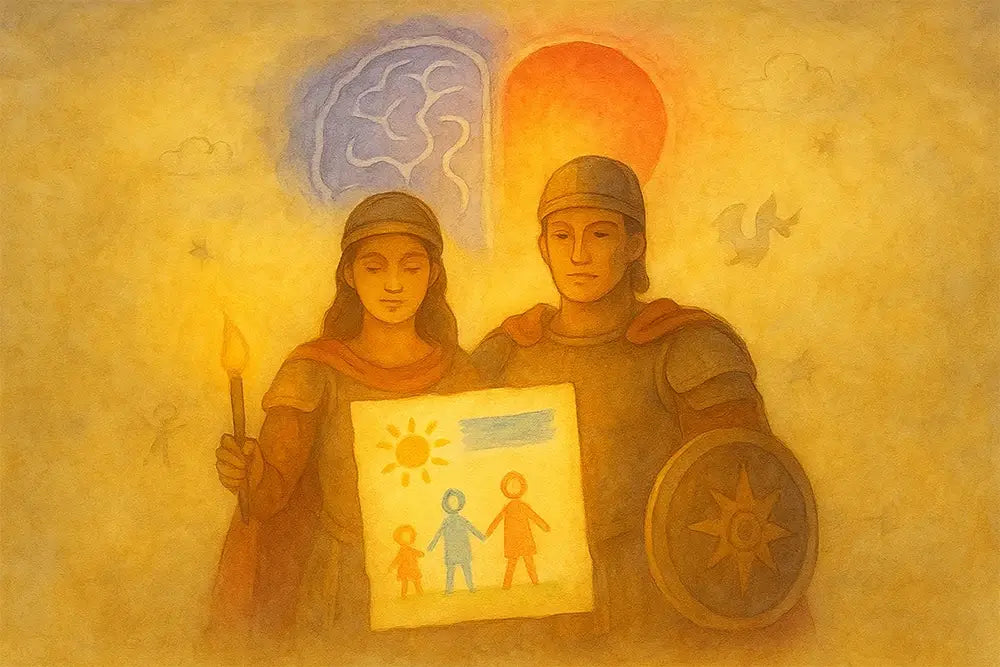
Child Drawing: The True Art of Childhood
There is a quiet, almost sacred moment known to all in the journey of parenting. It happens when your little one comes running, eyes bright with the fire of creation, clutching a wrinkled piece of paper. “ Look!” they say, their voice filled with pride. “Look what I made.”
At first glance, it may seem a mere scribble, a sun with a few too many rays, a family with arms like spaghetti. But if you pause, if you truly look with a wizard’s sight, something extraordinary unfolds. That paper is not just a picture. It is a story. It is a window into their thoughts, a map of their heart, and a precious, fleeting moment of connection. This is the hidden language of a child drawing, and to understand it is to transform the way you see their growth, their creativity, and their boundless spirit forever.










0 comments